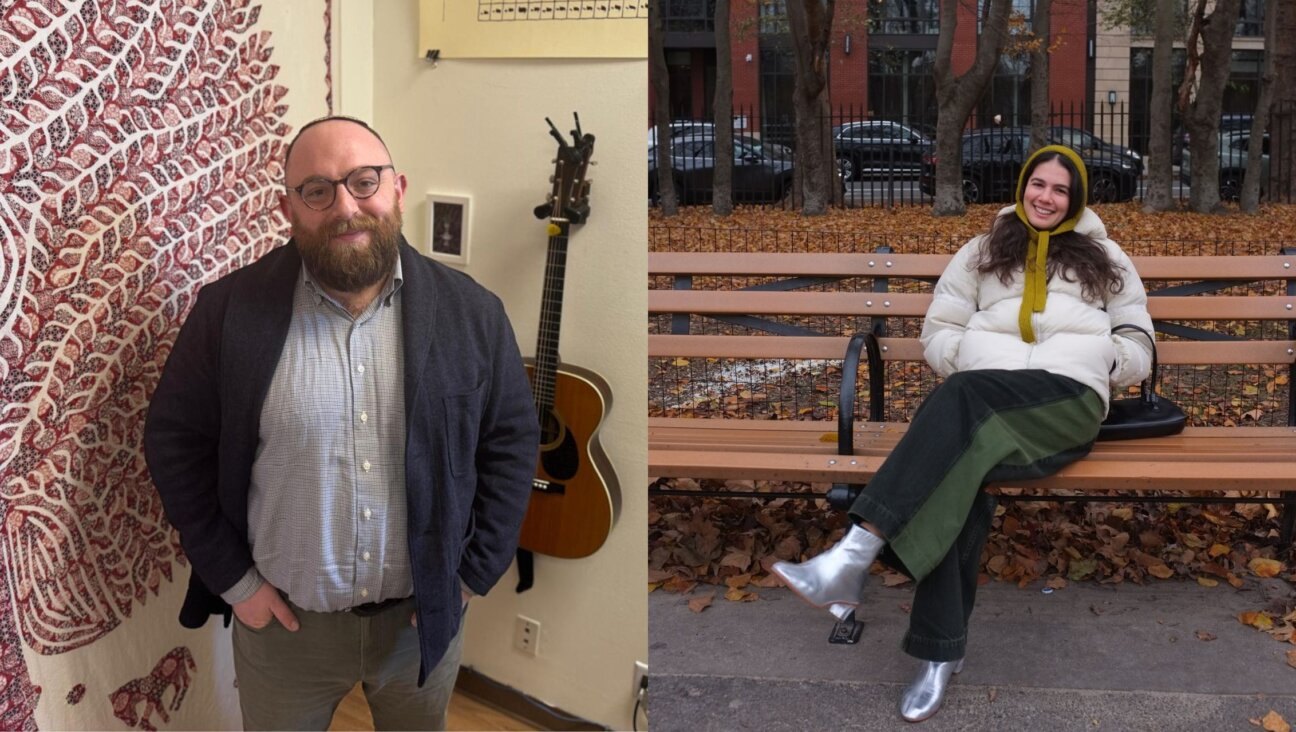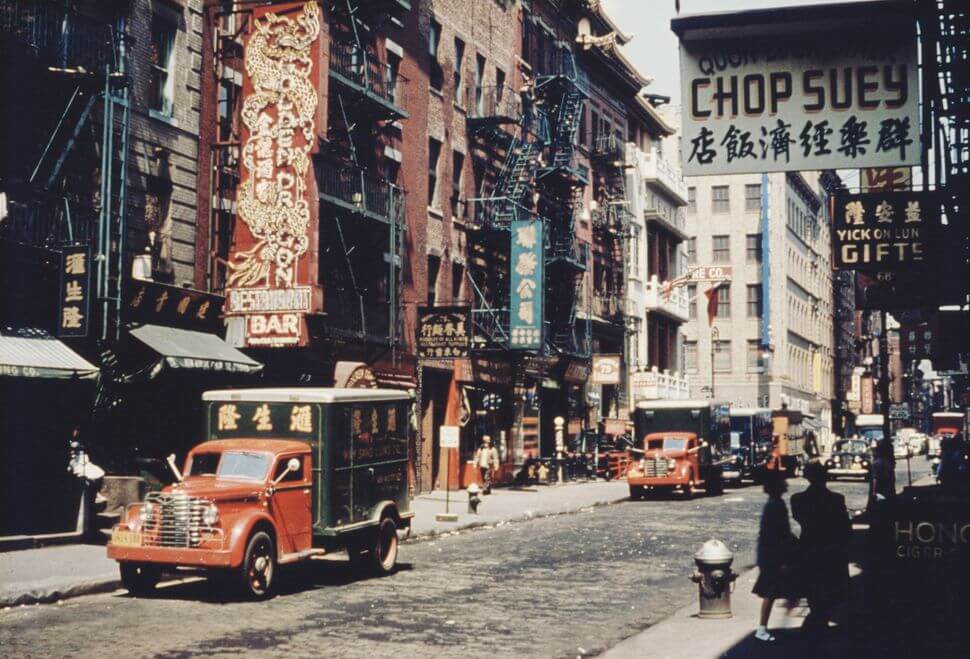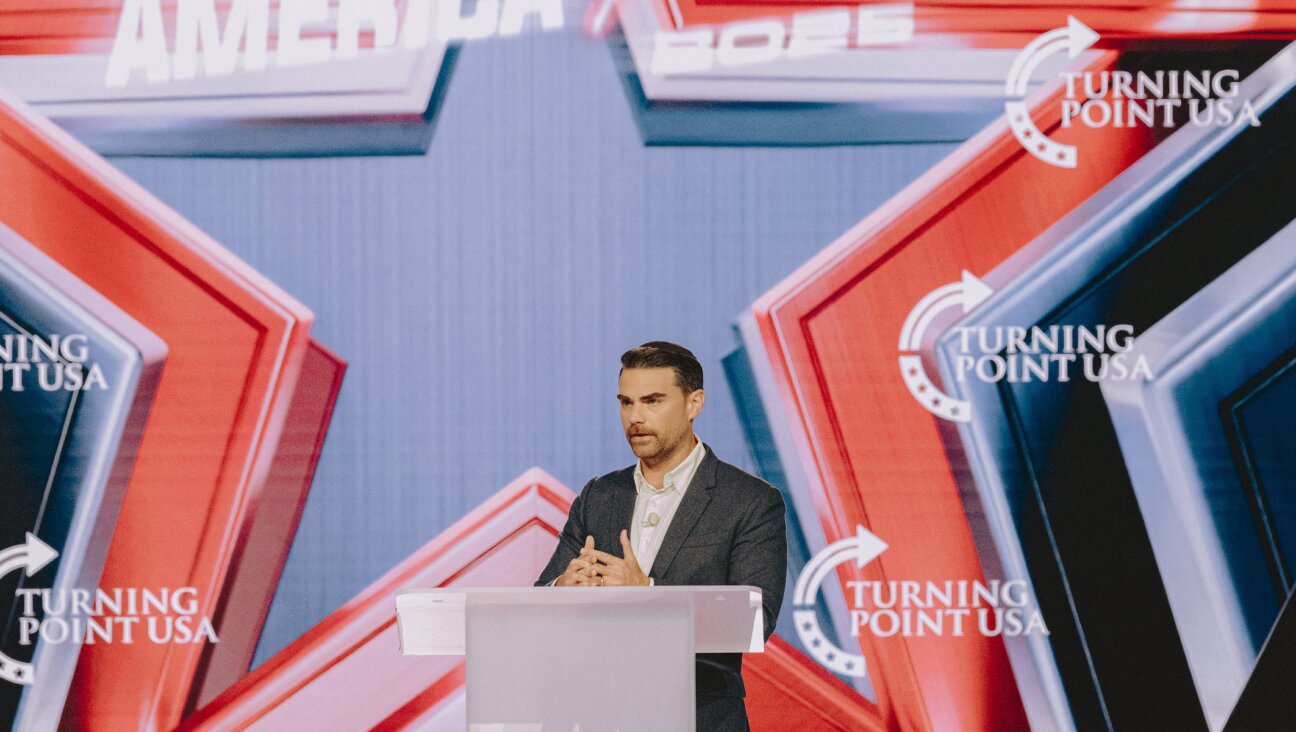Searching for Answers, After the Fire
Triangle
By Katharine Weber
Farrar, Straus and Giroux, 256 pages, $23.
* * *|
‘Triangle” is a prose cousin of certain one-act plays, those taut dramatic exercises in which just a few characters, engaging in conversation, conjure grand notions. (Think of “No Exit,” “Waiting for Godot,” “Doubt.”) At its best, Katharine Weber’s new novel has the strength of such drama, capturing the reader early and heightening his anticipation until, in the final act, all that was cloudy becomes clear, and all who were troubled see their troubles resolved. At times, however, “Triangle” has the weaknesses that we expect from lesser plays: stagy language; too great a submission to the wheels of plot, and a sense that what’s being captured isn’t a world, with air freely flowing through it, but a small compartment, just what can fit on the proscenium.
The characters here are in orbit about Rebecca Gottesfeld, a genetic researcher at Yale University. Besides Rebecca, we have her partner, George, a classical music composer of uncommon gifts; her grandmother, Esther, the last living survivor of the 1911 fire at the Triangle Shirtwaist Factory, finally dead at age 106, and her bête noire, Ruth Zion, a feminist scholar who has devoted her life to studying the fire and consequently feels proprietary about Esther’s memory — as if she, and not Rebecca, is the true descendant. The four characters get equal time, and, through a variety of formal devices — interview transcripts, dialogue recorded by a third-person narrator, even a dream sequence — they enact a mystery, one that Ruth has spent years investigating: Did Esther, testifying in a lawsuit after the fire, tell the complete truth about what she saw, or did she accept a bribe from an insurance company and lie?
Ruth believes she has the answer, and after Esther’s death she impertinently tries to get from Rebecca corroborating evidence, in the form of both reminiscences and the contents of a certain safe deposit box. (Rebecca is Esther’s sole heir; her father, Esther’s son, died in a car crash when Rebecca was young.) The dramatic tension is high when Ruth badgers Rebecca. I got a voyeuristic thrill listening to Ruth, self-righteous as a true scholar of “herstory” can be, briskly assume command of these conversations, treating Esther’s granddaughter as no more than an artifact herself — something useful to the academician but not possessing any human dignity. When the ladies first meet, Ruth’s self-regard is compelling to behold. She tells Rebecca:
I appear to be making erroneous assumptions that you have familiarity with my work when apparently you do not. Forgive me. I assumed that you would have familiarity with my work and my inquiries about your grandmother’s experience, which was so very unique. But I wonder, perhaps you might know my book anyway…Gendered Space in the Workplace, Past, Present and Future. I imagine that she may have spoken of it to you at the time of publication. Perhaps you saw the very good review in the Post-Feminist Studies Quarterly? The quibbles were unjustified, I thought, but you know critics. It came out five years ago from Manatee Press. I devoted an entire chapter to the Triangle fire.
At least the scenes with Ruth have verve. By comparison, the snatches of interview transcripts that give us Esther’s words seem a bit wan, or at times daft; Esther is, as we see her in Ruth’s interviews, well north of 100 years old, and one gets the sense that she was a cantankerous Jewish grandmother even as a young woman. George, Rebecca’s longtime partner, also seems to be a crude sketch in need of some nuanced cross-hatching. He’s not just a good composer but also the world’s most famous and most important living composer, equally respected by critics and by the millionaires who pay him top dollar for vanity compositions based on their DNA sequences. George, you see, has invented a new way of composing, one keyed to biology; he first won fame for his “Protein Rhapsodies.”
I was hesitant to write that previous paragraph, because as I read “Triangle” I couldn’t shake the nagging feeling that there were grand ideas at play that I was ignorantly missing. We’re supposed to make something of the parallel, noted several times, between the women jumping from the Triangle fire and those who jumped from the World Trade Center 90 years later. There’s all kinds of attention paid to science: Rebecca is a scientist; George’s music is scientific. There’s deep interest in memory — Esther’s memory of the fire, our collective memory of the immigrant experience — with implicit nods to Vladimir Nabokov and Gabriel Garcia Márquez and one explicit nod to “Rashomon.” I enjoyed this book while feeling a little ashamed to be merely enjoying it; it seems clear that Weber means this to be a novel of ideas.
Profundity can be packed into a very few pages: Weber’s book comes with an enthusiastic testimonial from Cynthia Ozick, whose “The Messiah of Stockholm” is as sophisticated as it is short. But the ideas in “Triangle” strain against the book’s better moments, like Rebecca and George’s domestic intimacies; they have a touching and finely described romance, one that survives even though she lives in New Haven, Conn., and he in New York. For me, reading about the music on George’s answering machine and about Rebecca’s panic when she gets the machine instead of George is worth all the prattle about memory and time. No ideas but in things, as William Carlos Williams said. In “Triangle,” the things, and the story they tell, are enough.
Mark Oppenheimer is the editor of the journal In Character (incharacter.org).















